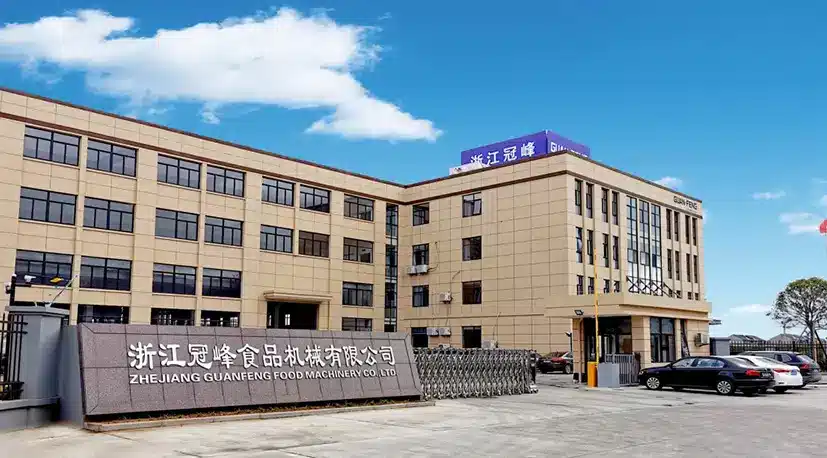BLOG
Focus on hot topics, real-time dynamics
The Comprehensive Guide to Vacuum Freeze Dryers: Maximizing Efficiency in Industrial Drying
Vacuum freeze dryers, also known as lyophilizers, are advanced industrial drying equipment designed to preserve the quality of sensitive materials while removing moisture efficiently. This process, called lyophilization, involves freezing the product, lowering the pressure, and then removing the ice by sublimation. The operation of a vacuum freeze dryer can be broken down into several stages, each critical for achieving optimal results.
The first step in the vacuum freeze drying process is freezing the product. This is done at very low temperatures, typically between -40°C to -80°C. The rapid freezing ensures that the crystalline structure of the product is preserved, which is especially important for heat-sensitive materials such as pharmaceuticals, foods, and biological samples. The uniformity of freezing is crucial, as it affects the final quality of the dried product.
Once the product is frozen, the vacuum freeze dryer reduces the pressure inside the chamber. By lowering the pressure, the boiling point of water decreases, allowing ice to sublimate directly into vapor without passing through the liquid phase. This process is enhanced by applying heat to the product, which facilitates the sublimation process and effectively removes moisture. The temperature and pressure control are vital at this stage, as they dictate the rate of drying and the quality of the final product.
One of the significant advantages of vacuum freeze dryers is their ability to maintain the integrity of heat-sensitive materials. Traditional drying methods, such as hot air drying, can lead to thermal degradation or loss of volatile compounds. In contrast, vacuum freeze drying minimizes these risks, making it ideal for pharmaceuticals and high-value food products. Additionally, the final product is lightweight and retains its original shape and nutritional content, making it easy to rehydrate and consume.
Furthermore, vacuum freeze dryers offer scalability and versatility. They can be tailored to accommodate various batch sizes, making them suitable for both small-scale and large-scale production. Industries ranging from pharmaceuticals, biotechnology, and food preservation benefit from the efficiency and quality assurance that vacuum freeze dryers provide.
In conclusion, vacuum freeze dryers are an essential component in the industrial drying landscape. By understanding their operational principles and advantages, you can leverage this technology to improve your drying processes, preserve product quality, and enhance overall efficiency in your operations. Whether you are in the pharmaceutical industry, food processing, or other sectors that require precise moisture removal, vacuum freeze dryers stand out as a superior choice for achieving optimal results.
The first step in the vacuum freeze drying process is freezing the product. This is done at very low temperatures, typically between -40°C to -80°C. The rapid freezing ensures that the crystalline structure of the product is preserved, which is especially important for heat-sensitive materials such as pharmaceuticals, foods, and biological samples. The uniformity of freezing is crucial, as it affects the final quality of the dried product.
Once the product is frozen, the vacuum freeze dryer reduces the pressure inside the chamber. By lowering the pressure, the boiling point of water decreases, allowing ice to sublimate directly into vapor without passing through the liquid phase. This process is enhanced by applying heat to the product, which facilitates the sublimation process and effectively removes moisture. The temperature and pressure control are vital at this stage, as they dictate the rate of drying and the quality of the final product.
One of the significant advantages of vacuum freeze dryers is their ability to maintain the integrity of heat-sensitive materials. Traditional drying methods, such as hot air drying, can lead to thermal degradation or loss of volatile compounds. In contrast, vacuum freeze drying minimizes these risks, making it ideal for pharmaceuticals and high-value food products. Additionally, the final product is lightweight and retains its original shape and nutritional content, making it easy to rehydrate and consume.
Furthermore, vacuum freeze dryers offer scalability and versatility. They can be tailored to accommodate various batch sizes, making them suitable for both small-scale and large-scale production. Industries ranging from pharmaceuticals, biotechnology, and food preservation benefit from the efficiency and quality assurance that vacuum freeze dryers provide.
In conclusion, vacuum freeze dryers are an essential component in the industrial drying landscape. By understanding their operational principles and advantages, you can leverage this technology to improve your drying processes, preserve product quality, and enhance overall efficiency in your operations. Whether you are in the pharmaceutical industry, food processing, or other sectors that require precise moisture removal, vacuum freeze dryers stand out as a superior choice for achieving optimal results.
Hot Tags:
Contact Us
E-mail:
sales@syguanfeng.com
Tel:
+86 15088506234
Address:
South Industrial Park of Dongguan, Shangyu District, Shaoxing City,Zhejiang Province,China.
GUANFENG, your customization experts!
GUANFENG FOOD MACHINERY - leading supplier of integrated food processing solutions
Copyright© 2024 ZHEJIANG GUANFENG FOOD MACHINERY CO.,LTD.










